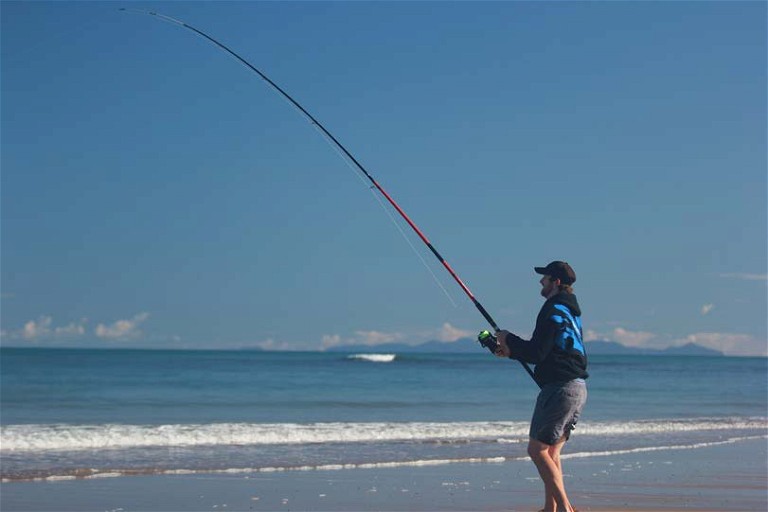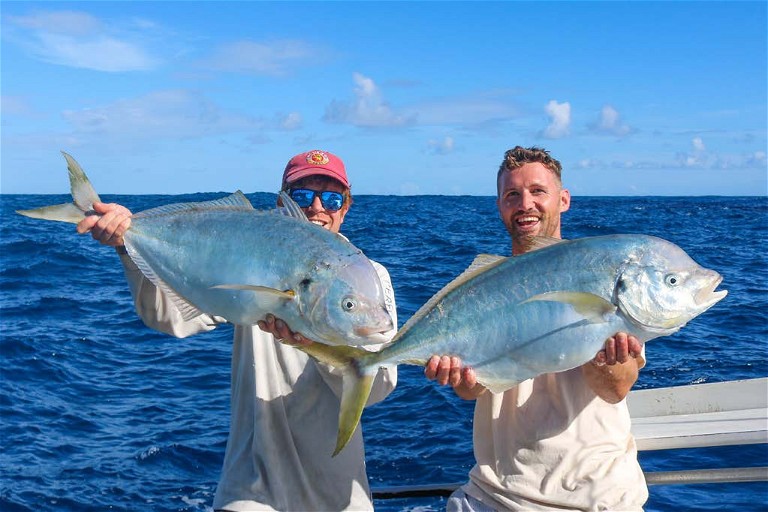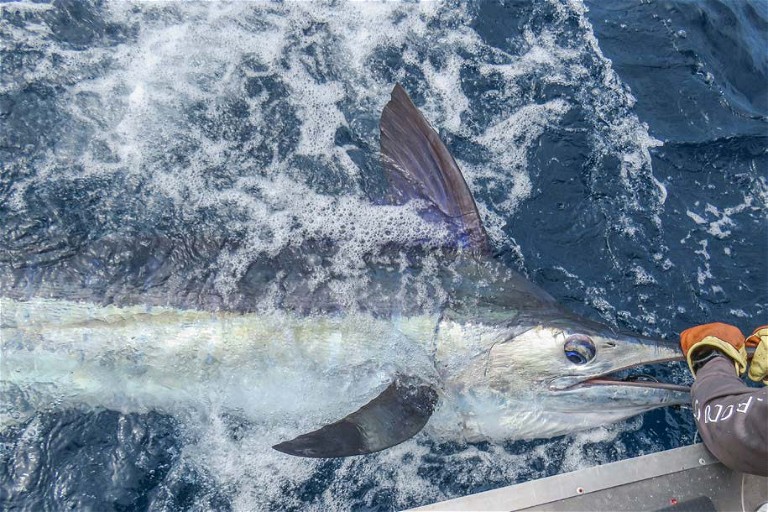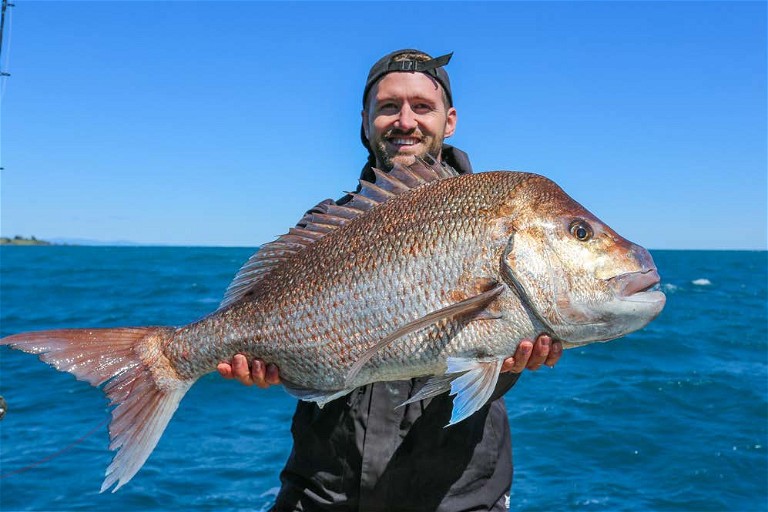Salty Summer Fishing
By Nick Jones


It’s that time of year when ‘fair weather’ anglers dust off the cobwebs and get ready to throw a cheeky line into the briny. Funnily enough, although the days are hot the fishing can often be the very opposite. Bearing this in mind, here are a few handy tricks that just might help you land that moocher you can brag about at the holiday campground.
Change of light
Dawn and dusk are my favourite times to drop a line, and it is widely regarded that fish feed hard as the sun is rising or going down. Sunrises and sunsets mean the ‘changing of the guard’ in terms of species and, consequently, the first or final chance for species to feed for the day or night – akin to humans’ eating dinner or breakfast.
I do acknowledge that getting up at the crack of dawn may be difficult for some during the silly season. If you’re too hungover to get up at sunrise, just aim for the evening session, my friend!
Fish like snapper can be notoriously tricky to tempt during the middle of the day in summer; the fish are there, but they can be hard to catch. I’m unsure whether this is related to spawning activity (sex > food), the water being too warm to sustain extended feeding activity, or simply the longer days spreading feeding opportunities out over a longer period. Perhaps it is simply the fact that our boats, terminal tackle, and leaders become more obvious in the full light of day.
I find early morning and evening the best time to catch live-baits, be it from a wharf, boat, or the rocks. Also, predatory fish like kingies tend to use shallow light angles to their advantage, busting up hapless baitfish in the morning and evening.


Live-bait
Speaking of live-baits, they are normally well worth the effort! It’s no surprise that predatory fish often want to eat the real deal. Mackerel schools are generally not too hard to find throughout summer; typical areas to start looking are over the sand in 10-25m depths or around inshore reefs and islands. Watch your sounder for mid-water schools or find some terns working the surface and drop down the sabikis.
When you find the bigger mackerel schools, there are often kingfish in attendance too, so have a live-bait set ready to go if you see some big slugs on the sounder or baits start getting plucked from your sabikis. If you’re overnighting on the boat, you can catch jack mackerel at night from many anchorages around NZ.
As a rule of thumb when live-baiting for kingfish, slow-troll or drift over reefs under 20m deep, but sit on top of deeper pins with the engine in and out of reverse so you can drop mackerel straight down into good sign on the sounder.
The beauty of livies is that other desirable species enjoy gobbling them down too, so don’t be surprised if your “just an undersized kingfish” materialises into a decent snapper or john dory at the boat!
Bite times
What the f@$% is a ‘bite time’, you ask? Well, it’s a mysterious thing based on the solunar calendar, which considers the moon’s position relative to the earth. And although some might think it’s some hippy garbage, many keen anglers without dreadlocks only go fishing according to these timings. There’s also a fair amount of scientific evidence to back up the bite times theory (but I won’t bore you with that). You can look them up online at www.fishing.net.nz/fishing-advice/bitetimes/.
Smaller is sometimes better
Although ‘big bait = big fish’ is a worthwhile concept, you must remember that elephants eat peanuts too! When summer lure fishing, sometimes dropping down in size can make a big difference with finicky fish. Moving down to 3” soft-baits (I like the grub varieties as they have an enticing action on the drop) or micro-jigs can turn a slow fishing day around.


Current events
A key consideration some parttime anglers gloss over is planning your fishing trip according to what the tides and currents are doing. Fish will generally sit on the up-current side of reefs and structures and inshore fish like snapper often bite best when the current is flowing. Many spots will work better on either an incoming or outgoing tide, so it pays to experiment yourself or talk to a local guru.
Heading wide
Of course, summer is the peak time to head miles offshore to troll for large pelagic species like striped marlin and yellowfin tuna that ride the warm summer currents southwards to the NZ coast. It pays to spend a couple of evenings making sure all your gear and rigging are in tip-top shape before giving gamefishing a crack because large fish take no prisoners. But don’t worry if you don’t have fancy equipment, I caught my first marlin using surf rods lashed to the side of the boat in lieu of outriggers – no worries for you DIYers!
The hot, calm summer days are also a great opportunity to find new deepwater reefs while trolling. Doing a few deep drops is also a great way to break up the monotony of a slow day towing plastics around the big blue, and you might bag a tasty critter like a hãpuku, bluenose, or bass.
No boat, no worries!
Many popular species become more prevalent closer to the shorelines and harbours around our great country during summer. Over the last few years of Covid lockdowns, I discovered that you can catch surprisingly good fish from the city shorelines. A lazy evening surfcast close to home is also a great way to earn some brownie points with the family whilst also wetting a line – bonus!
Good luck with your salty summer fishing adventures.